
The white noise and classical music listened to by the preterm infants during ROP examinations showed positive effects on pain and heart rate and oxygen saturation values.

Lynda Charters Enoch started her early “eye life” at the Schepens Eye Research Institute, Boston, which ultimately culminated in her current position as an Editor of Ophthalmology Times.

The white noise and classical music listened to by the preterm infants during ROP examinations showed positive effects on pain and heart rate and oxygen saturation values.

At the 1-month evaluation, the full-field stimulus threshold had median decrease of -33.2 decibels (dB) (-33.7; -19.8) dB, which remained stable until the last assessment. Visual fields and visual acuity did not change significantly.
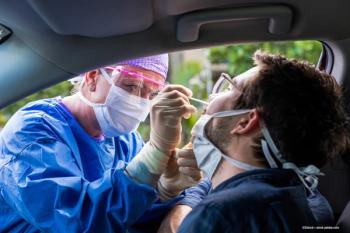
They advised that clinicians should be aware of this spectrum of retinal involvement after COVID-19 infections and emphasized the importance of a fundus evaluation.
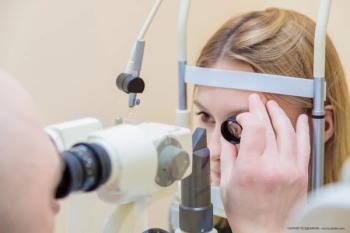
The investigators explained that elevated angle-closure-related intraocular pressure may aggregate the visual impairment in patients with retinitis pigmentosa.

The Phase 2 Altitude study is an open-label, randomized, controlled, dose-escalation evaluation of RGX-314, evaluating the efficacy, safety, and tolerability of suprachoroidal delivery of RGX-314 in patients with moderately severe/severe non-proliferative diabetic retinopathy or mild proliferative diabetic retinopathy.
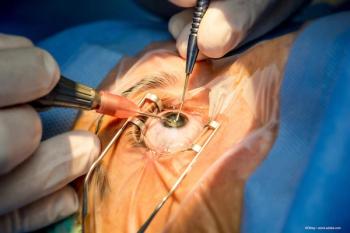
European investigators describe how they address complications associated with silicone oil endotamponade in vitreoretinal surgery.

Patients with RP experience greater levels of stress and anxiety than individuals in the general population and that the level of stress can be measured easily and non-invasively in hair.

Researchers have suggested numerous theories about the etiology of myopia that include accommodative-lag, peripheral hyperopic defocus, light environment, lifestyle, and environment, but the cause remains unknown.

The contest will take place as part of World Retina Day, Saturday, September 3, from 8:30-9:30 CEST in Hall X2/Channel 7.

The stated core foundation of the Women in Retina program is that “the best innovations happen when diverse people with different perspectives collaborate.” The program will help ESRS harness these perspectives and challenge the way things are done and allow for them to be done better.


The investigators retrospectively analyzed treatment-naive eyes with DME which received intravitreal treatment with either ranibizumab 0.5 mg or aflibercept 2 mg. All data were collected in the Fight Retinal Blindness! registry.

This discovery provides potential for treatment strategy to prevent blindness from glaucoma.

This year’s hybrid meeting will allow attendees to participate in person or virtually. Either way, this congress will offer a wealth of information to specialists covering all aspects of retinal diseases.
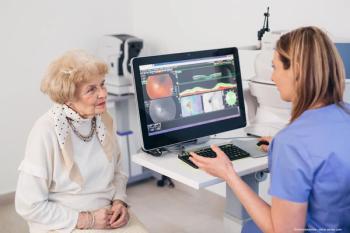
While the COVID-19 pandemic revealed the potential of utilizing artificial intelligence in screening for diabetic retinopathy, improvements are still needed as a results of the number of images that are ungradable.
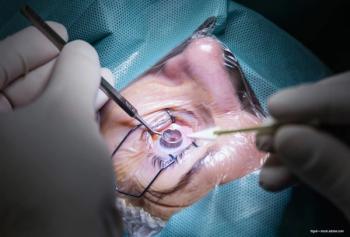
The effects of cataract surgery are generally evaluated based on improvements in vision, but investigators sought to identify if the structures in the back of the eye were affected as well.

J. Fernando Arevalo, MD, PhD, investigated the anatomic and functional outcomes of pars plana vitrectomy, scleral buckle, or a combination of the two, and suggested that the combination approach may need further consideration.
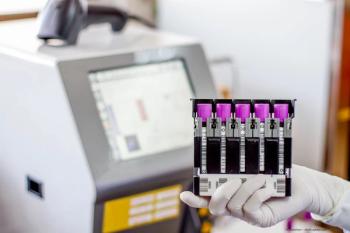
The future risk of the development of new-onset vision-threatening diabetic retinopathy, diabetic macular edema, and proliferative diabetic retinopathy can be predicted using the patient’s retinopathy status and hemoglobin A1c value.

Metformin, a frequently prescribed drug to treat diabetes, could be a novel therapy for AMD.
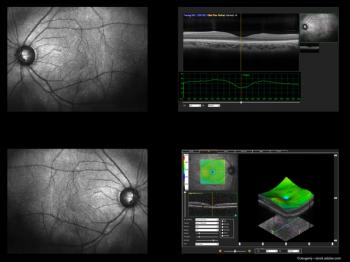
Investigators from Thailand took a close look at retinal fluid fluctuations in Thai patients with wet age-related macular degeneration (AMD) and devised a better way to measure the fluctuations in the central subfield thickness (CST).

Rhegmatogenous detachments increased with age; myopia, trauma, and history of retinopathy were common underlying risk factors for development of rhegmatogenous retinal detachments.

Treatment with faricimab in patients with neovascular AMD achieved improvements in the visual acuity, central subfield thickness, and pigment epithelial detachments.

The 40th annual Scientific Meeting of the American Society of Retina Specialists is scheduled for July 13-16, 2022, in New York.

Study demonstrates results of pegcetacoplan as a geographic atrophy therapy.
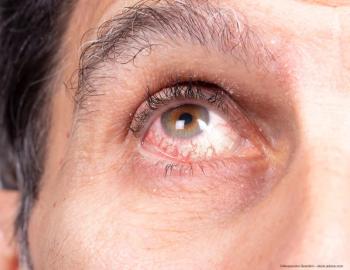
Modern Retina™ Case-Based Roundtables create an environment for ophthalmology’s brightest minds to examine complex, real-world patient cases in a discussion-based setting. Led by an expert in the topic, the group dissects the case together to improve their knowledge of rare diseases and niche diagnoses. In Fort Lauderdale, Florida, Modern Retina™ hosted Uveitis Case-Based Roundtables. Moderators Thomas Albini, MD, and Eduardo Uchiyama, MD, are uveitis specialists who have encountered intriguing cases in the clinic. Attendees asked questions and reviewed imaging of the cases in hopes of improving their overall patient care. Roundtable 1, led by Dr. Albini and discussed here, investigates two intriguing cases.

Treatments include tinted spectacles and/or contact lenses, low-vision aids, atropine drops, and patching for amblyopia, as well as eye muscle surgery for the nystagmus or any anomalous head posture and associated strabismus.
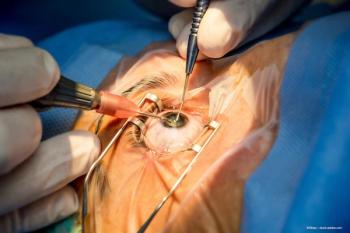
According to an e-poster presented by Jagadesh C. Reddy, MD, and Harini Indusekar, BScOptom, at the ASCRS in Washington, D.C., patients who have pre-existing DR are less likely to achieve Snellen 20/40 or better vison after cataract surgery compared with the patients with diabetes but without DR.

Investigators from the Karolinska Institutet and St. Erik Eye Hospital, Stockholm, Sweden, reported that they have developed a prognostic test, referred to as serUM, that they believe is a strong predictor of metastasis of uveal melanoma.

Eva Chamorro, PhD, MSc, points out that myopia control spectacle lenses affect the diurnal rhythms in the AL in young adult human and produced a small short-term increase in the AL that varies in intensity and time interval for each of the 3 studied lenses.

THR-687 is currently being evaluated in a phase 2 clinical trial in patients with DME. The first data from the dose-optimization study is expected to be released in the first half of 2022.